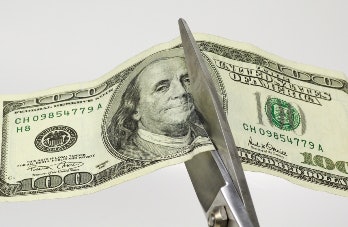
LSU’s lazy river might have escaped censure had Louisiana’s higher education system not been simultaneously facing a potential $600 million cut in funding from the state for fiscal year 2015-16.
As luck and a good deal of political advocacy in the statehouse would have it, Louisiana’s legislators elected to not make such a draconian cut to the state’s higher education budget. The university’s financial crisis was averted and the lazy river project could roll on.
LSU, it should be noted, is far from being the only institution to face criticism for extravagant and pricy building projects designed to attract prospective students.
Building projects aside, many public universities face more serious criticism for raising their tuition prices during a time when many families can ill afford added expenses due to the nation’s slow recovery from the Great Recession. When the recession hit, most states dramatically and abruptly rolled back funding for higher education. As a result, schools were forced to make painful concessions, and, in many cases, required more of a financial contribution from students and their families.
A new report from the Association of Public and Land-grant Universities (APLU), out on Friday, finds that, on average, four-year public universities may have raised tuitions, but that increase does not fully cover the amount lost by state disinvestment. Among the 621 four-year public institutions the report surveyed, tuition rose from representing 21 percent of total revenue to 30 percent over six years.
State and local appropriations per full-time students declined by $2,370 between 2006-07 and 2012-13, and tuition rose from $7,111 to $9,051 per full-time student over the same time period. The average tuition increase was $1,940 per student, leaving universities with a negative difference of $430.
“The data makes clear that a loss of state support, and not institutional spending, has been the big driver behind tuition increases at four-year public institution,” Dr. Nate Silver, one of the report’s authors, said in a statement.
During the same time, the report found, colleges increased institutional expenses by $528 per student, going from $15,776 to $16,304. One of the challenges of looking at state funding as a whole is that not all states have chosen to reinvest to the same degree in the wake of the recession. The report, which categorized institutions by Carnegie classification, found that state and local appropriations were down in every category.
Staff writer Catherine Morris can be reached at [email protected].





















